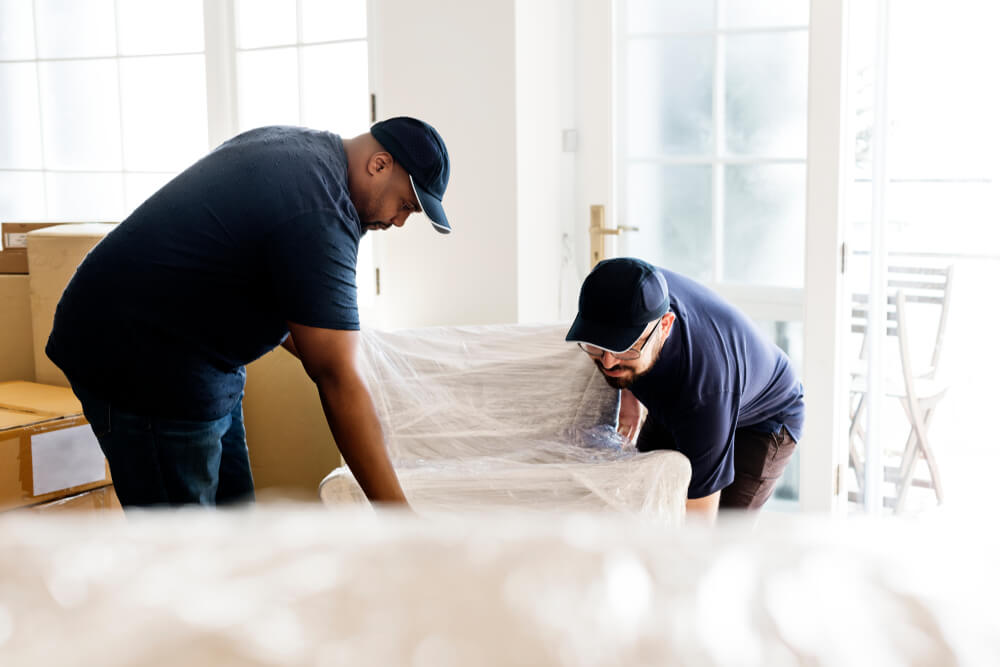Imagine a vibrant garden, where two individuals tend to a variety of plants. Some flowers they cultivate together, their shared interests blooming into moments of joy and connection. Others they nurture individually, their personal aspirations adding unique colors and textures to the overall landscape. This delicate balance between shared passions and individual growth is the very essence of a thriving relationship according to https://geekinsider.com/beyond-the-stage-exploring-the-london-entertainment-scene/.
Engaging in shared interests acts as the fertile soil where deeper connections take root. Identifying hobbies or activities that spark mutual enthusiasm creates consistent opportunities for partners to interact and bond. Whether it’s the rhythmic chopping of vegetables during a collaborative cooking session, the shared exhilaration of cycling through scenic routes, or the friendly competition of a board game night, these experiences weave a tapestry of shared memories. These moments transcend mere entertainment; they foster teamwork, enhance communication, and provide a space for laughter and mutual understanding. Facing small challenges together during these activities, like navigating a tricky recipe or conquering a steep hill, paradoxically strengthens the connection between partners according to https://ourculturemag.com/2024/04/06/top-8-online-dating-tips-for-finding-your-perfect-match/.
However, a garden left untended will eventually wither. Similarly, a relationship solely reliant on existing shared interests risks stagnation. Continuous growth, both individually and as a couple, is the vital sunlight and water that keeps the partnership flourishing. Setting aside dedicated time to discuss personal ambitions creates an atmosphere of mutual support and encouragement. Understanding your partner’s individual passions, whether it’s a career aspiration, a creative pursuit, or a personal development goal, allows you to become their champion, celebrating their achievements and offering unwavering support during challenges.
Consider the couple from Notting Hill who embarked on a pottery class together. While the shared activity introduced them to a new skill, its true value lay in the shared experience. The evenings spent shaping clay became opportunities for playful banter, mutual encouragement, and shared laughter at their often misshapen creations. Ultimately, the unique pieces they crafted became tangible symbols of their individual growth and their evolving connection as a couple.
Furthermore, acknowledging and celebrating milestones, both big and small, reinforces the foundation of the relationship. A special dinner to commemorate a personal achievement, a heartfelt acknowledgment of a joint accomplishment, or a thoughtful celebration of relationship anniversaries all serve as reminders of the journey traveled together and the strength of the bond.
In essence, nurturing a lasting and fulfilling relationship requires a conscious effort to cultivate both shared experiences and individual growth. By actively engaging in mutual interests, partners create a vibrant space for connection and joy. Simultaneously, by supporting and celebrating each other’s personal aspirations, they foster an environment where both individuals can thrive. Recognizing and nurturing this dynamic balance is the key to cultivating a partnership where love flourishes, capable of weathering life’s inevitable storms and blossoming with each passing day.











